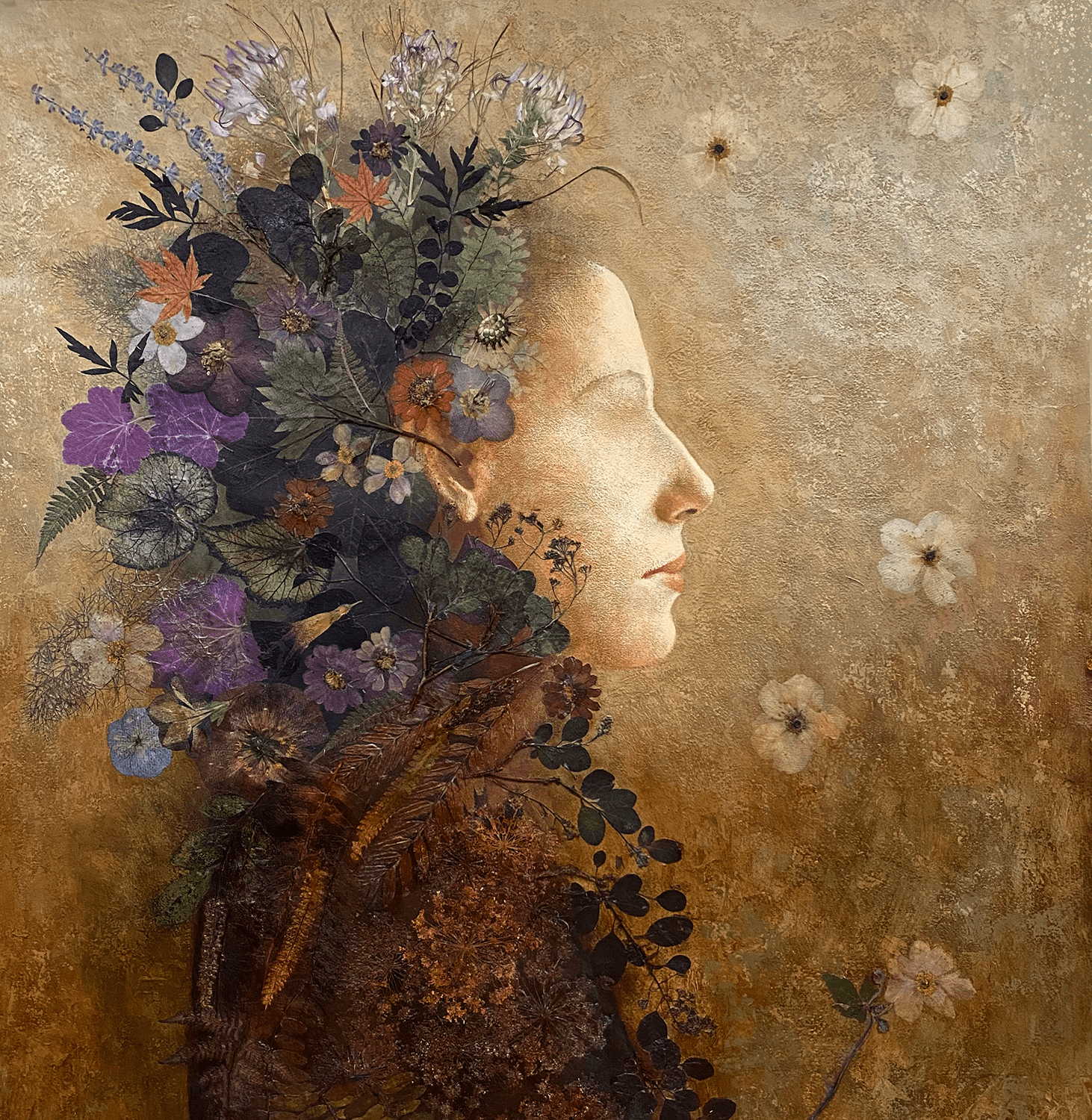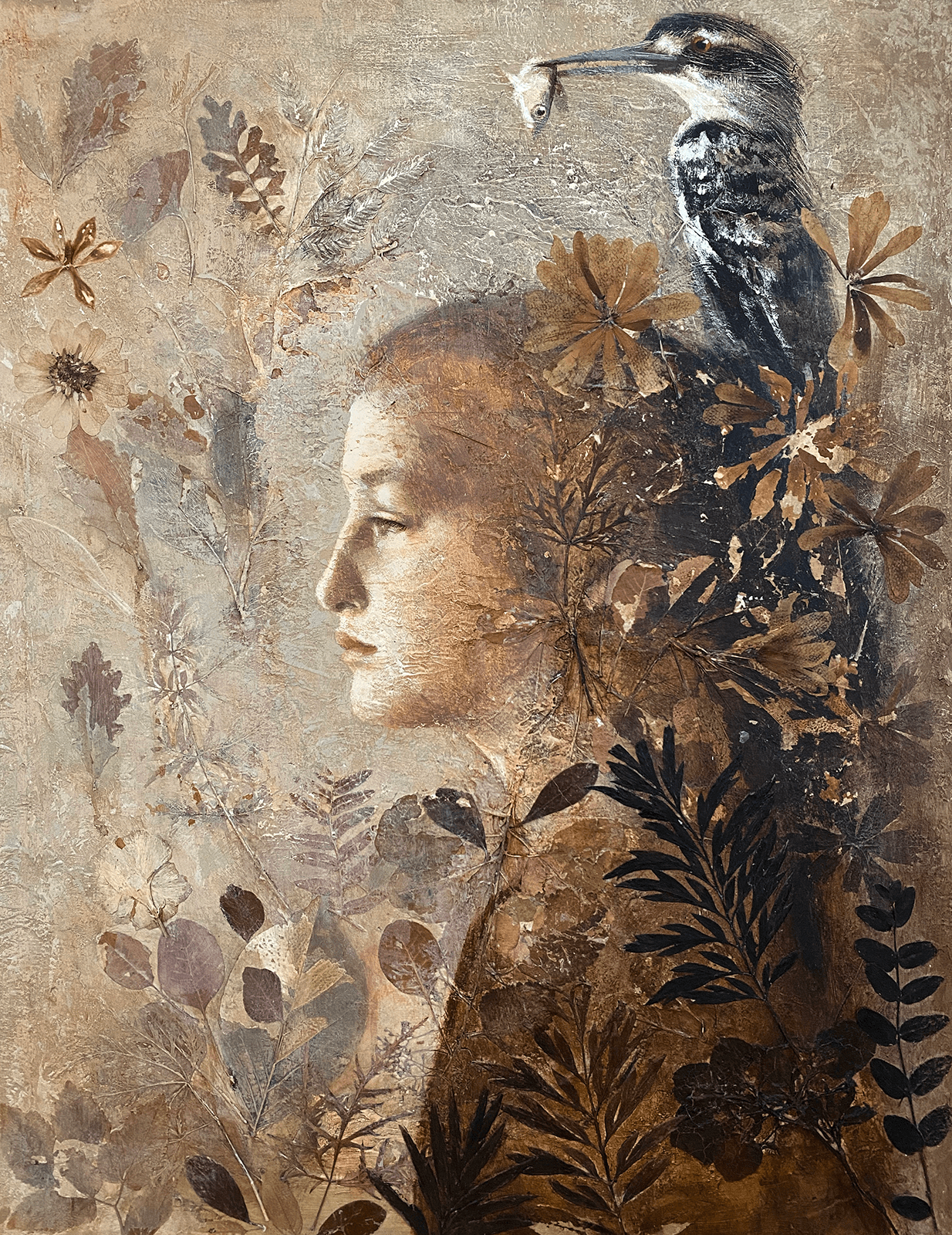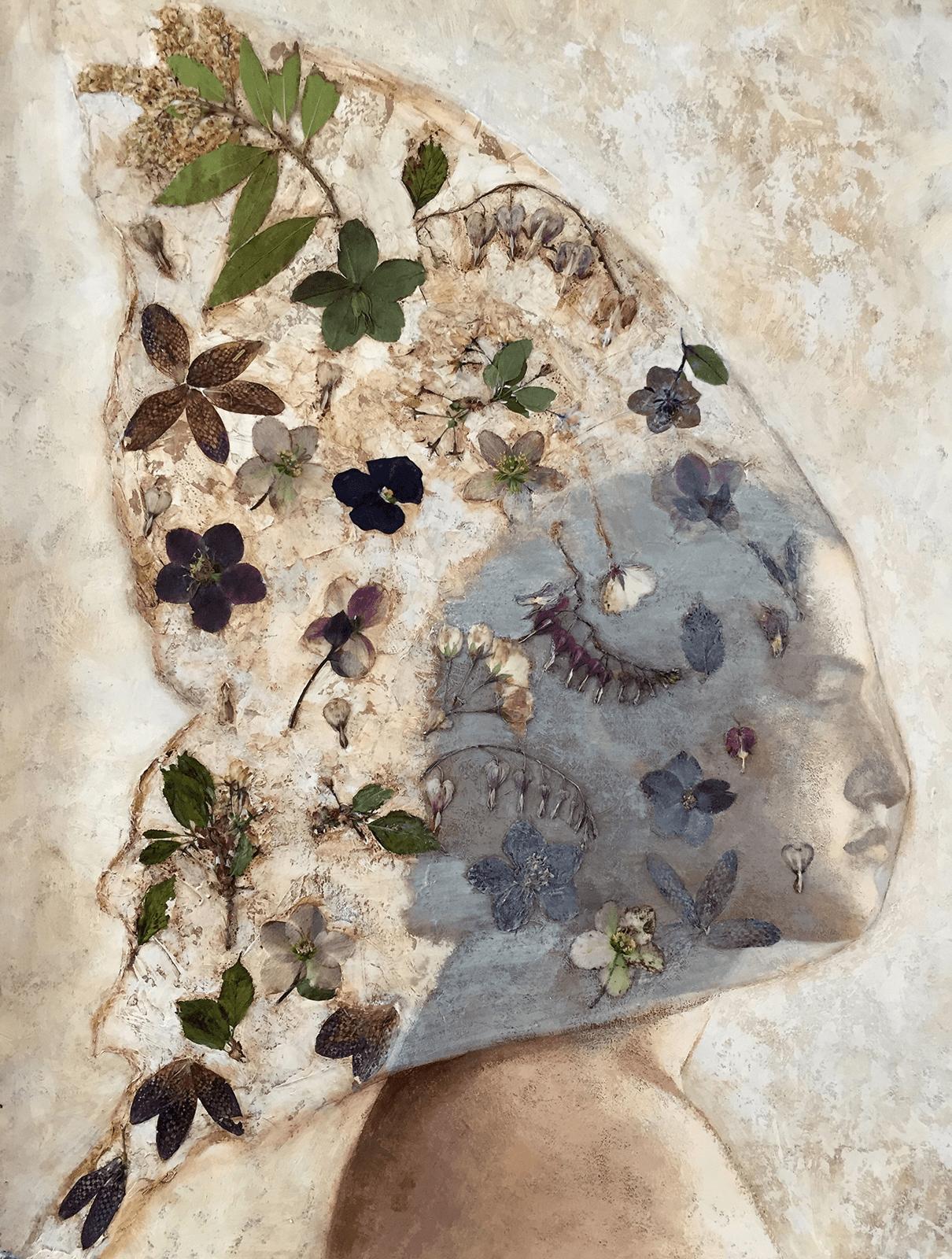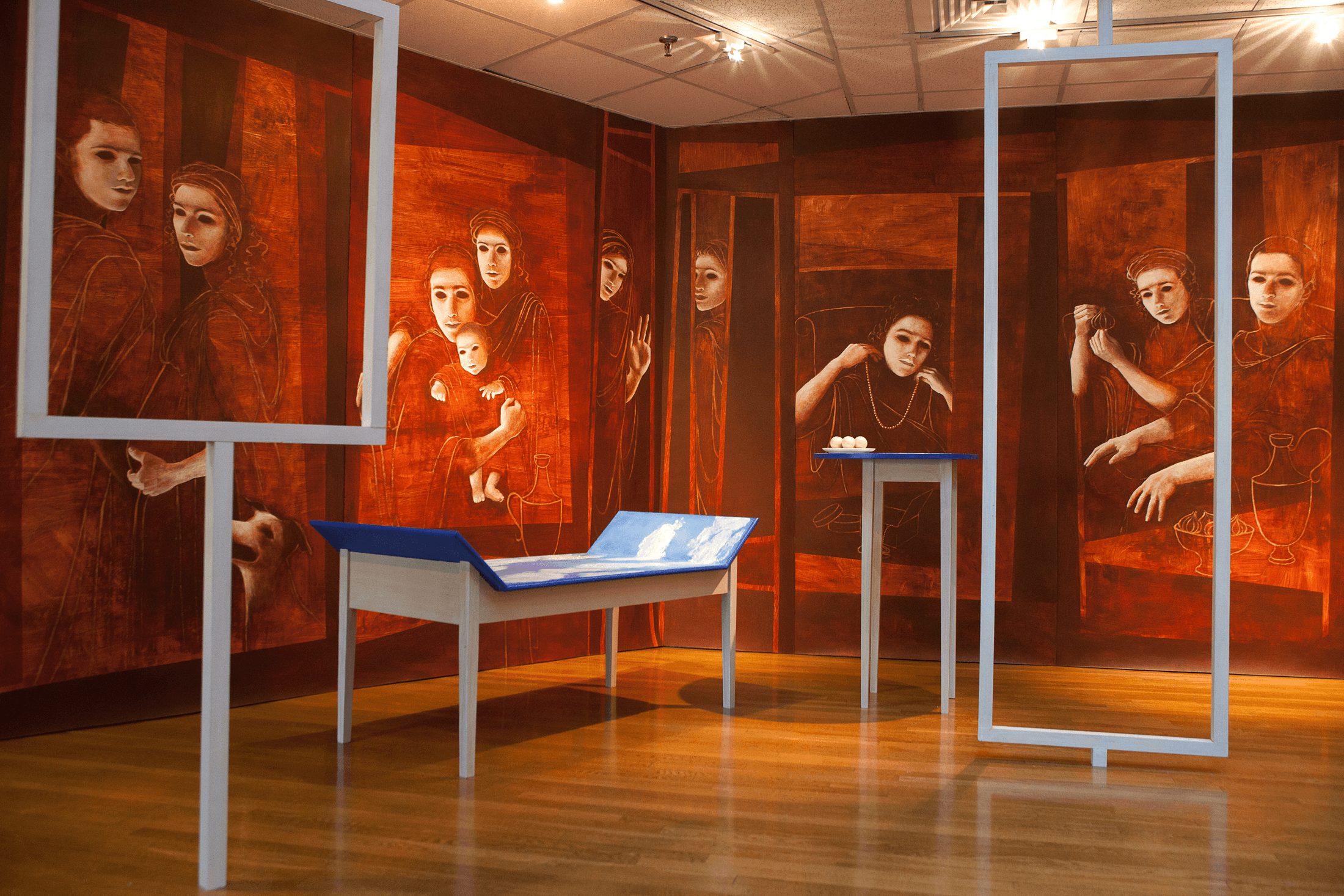We’re excited to introduce you to the always interesting and insightful Laurie Kaplowitz. We hope you’ll enjoy our conversation with Laurie below.
Alright, Laurie thanks for taking the time to share your stories and insights with us today. I’m sure there have been days where the challenges of being an artist or creative force you to think about what it would be like to just have a regular job. When’s the last time you felt that way? Did you have any insights from the experience?
I’ve always approached my studio practice as a “regular job”. Regular in the sense of getting up every day that is available to me to go into my studio and paint. That discipline, that regularity, I have found, is the sine qua non of being an artist. But not every day was available to me in the past because I actually did have what the world considers a “regular job”, as a university professor, for 30 years. I taught drawing and painting in a Fine Arts Dept. at the University of Massachusetts. In the early years of teaching and developing a studio practice there’s a real symbiosis. You’re exploring and discovering ideas, techniques, and materials in your studio as well as in the classroom. The two environments feed off each other. You’re learning how to articulate complicated concepts and communicate them to students. And, of course, you’re then learning from students, from the work they do, and the issues they present. That symbiotic relationship was seminal in my artistic growth by creating a “happiness” for me as an artist, a sense of purpose, challenge, and accomplishment.


Laurie , before we move on to more of these sorts of questions, can you take some time to bring our readers up to speed on you and what you do?
I have found that the best way to talk about myself is to talk about my work. I’m a classically trained artist with a BFA and an MFA in painting. I’ve explored many themes throughout my career; worked in different genre such as installation; and executed numerous commissions. The common denominator in my work, however, has always been the human image. It has been central to my work.
Paintings: The theme of adornment
Adornment has been a central theme for many years. The desire to adorn oneself is primal and ubiquitous, existing across all boundaries of space and time throughout the entire history of our species. I truly believe this urge to “mark” ourselves has been hard-wired into our DNA as human civilization evolved. One of the earliest man-made objects discovered to date is a cowrie shell necklace, and it is believed that it was used as a signifier to create a social identity for the person it adorned.
I’ve traveled to many remote parts of the world and watched people of varied cultures all go through the same daily rituals of applying paint, paste, and mud to their faces; bedecking their bodies with vegetation, animal bones and feathers; and submitting their skin to piercing, tattooing, and scarification. Here in our own Western society our daily rituals are no different, however we might not recognize our impulses as such. By applying lipstick, grooming our hair, and adorning ourselves with jewelry we also take our place in this parade of humanity. Our outer “skin” is the envelope in which we deliver ourselves to the world, and the markings we make on it tell our stories. The pandemic brought me outside to do my exercise regime. I traversed the city of Boston where I live on daily walks collecting flowers and leaves, tree bark and all sorts of flora and fauna (the fauna limited to discarded butterfly wings and bird feathers). I carefully and loving dried and preserved these in my studio and used them as collage elements in my drawings and paintings to create figures adorned with this organic material.
Installations: Socio-Political Topics
When I retired from the University of Massachusetts, I was able to enlarge my studio time and production. I began collaborating with one or 2 colleagues. Together we have created and presented 3 installations. The first, The Enigma of 4 AM, was designed as a dreamscape that explored, through figures both sculptural and drawn (my contribution), and 3D set pieces, that semi-conscious and anxious “dream time” before waking and how it is pervasive in modern everyday life.
The second, Once There was a House, referenced the eruption of Vesuvius and the destruction of Pompeii, specifically the Villa of Mysteries. We re-created that moment of societal collapse through the lens of natural disaster, much like the natural disasters that our world, due to climate change, is experiencing today, the complete destruction of a community in the blink of an eye, and what kind of footprint we leave behind.
The third installation, Fugitive Colors, the most complex, is an immersive installation in the form of a 3D graphic novel. It ‘s theme is surveillance and AI, posing the question of what happens when a once benign communications network is usurped and used to silence individuality and personal voices. The viewer “walks” through as if reading a book.
Commissions & Books
I’ve been commissioned by Royal Caribbean, Princess Cruise Line, Silver Sea Cruise Line to create murals for their ships. Most recently I’ve been involved in a project called Synergy that is a collaboration between artists and scientists at the Woods Hole Oceanographic Institute on Cape Cod.
I’ve created one book, Pursuit and Decay, with a scientist who wrote the text while I did the illustrations. Her research measures how much carbon is sequestered in our oceans (https:/issuu.com/pursuitanddecay/docs/pursuit-and-decay). It’s for young readers, and we’ve made an effort to get it into the hands of elementary school learners. Presently I’m working with another scientist whose research is on marine snow and how it breathes carbon in and out as it sinks into the deep ocean.


Is there mission driving your creative journey?
Thinking visually is a very powerful tool. Being able to translate ideas and concepts into a visual language to communicate with an audience is a goal of most artists. This certainly has been a motivating force in my life and work as an artist. Creating imagery that expresses ideas that you as an artist want to communicate, and then receiving acknowledgment from your audience that your work has touched them in some significant way is a powerful and dynamic feedback loop. When this happens it’s priceless and endlessly gratifying. There is no greater reward or motivating factor that propels an artist to continue to endeavor in this pursuit.


In your view, what can society to do to best support artists, creatives and a thriving creative ecosystem?
It has been very important as an artist to have had parents who were totally supportive of my artistic goals despite no guarantees of financial success, and then to have a husband who though not an artist himself, is a great appreciator of art and its importance in our culture. If we can do more to expose children throughout their education to art, all modes and forms, if we can do more to make art an intrinsic element in our daily lives, and not an additive element subject to the vagaries of economics, we will perhaps succeed in embedding the practice and appreciation of art into the culture of our society.
Contact Info:
- Website: https://www.lauriekaplowitz.net
- Instagram: Instagram: @laurie.kaplowitz


Image Credits
Laurie Kaplowitz


